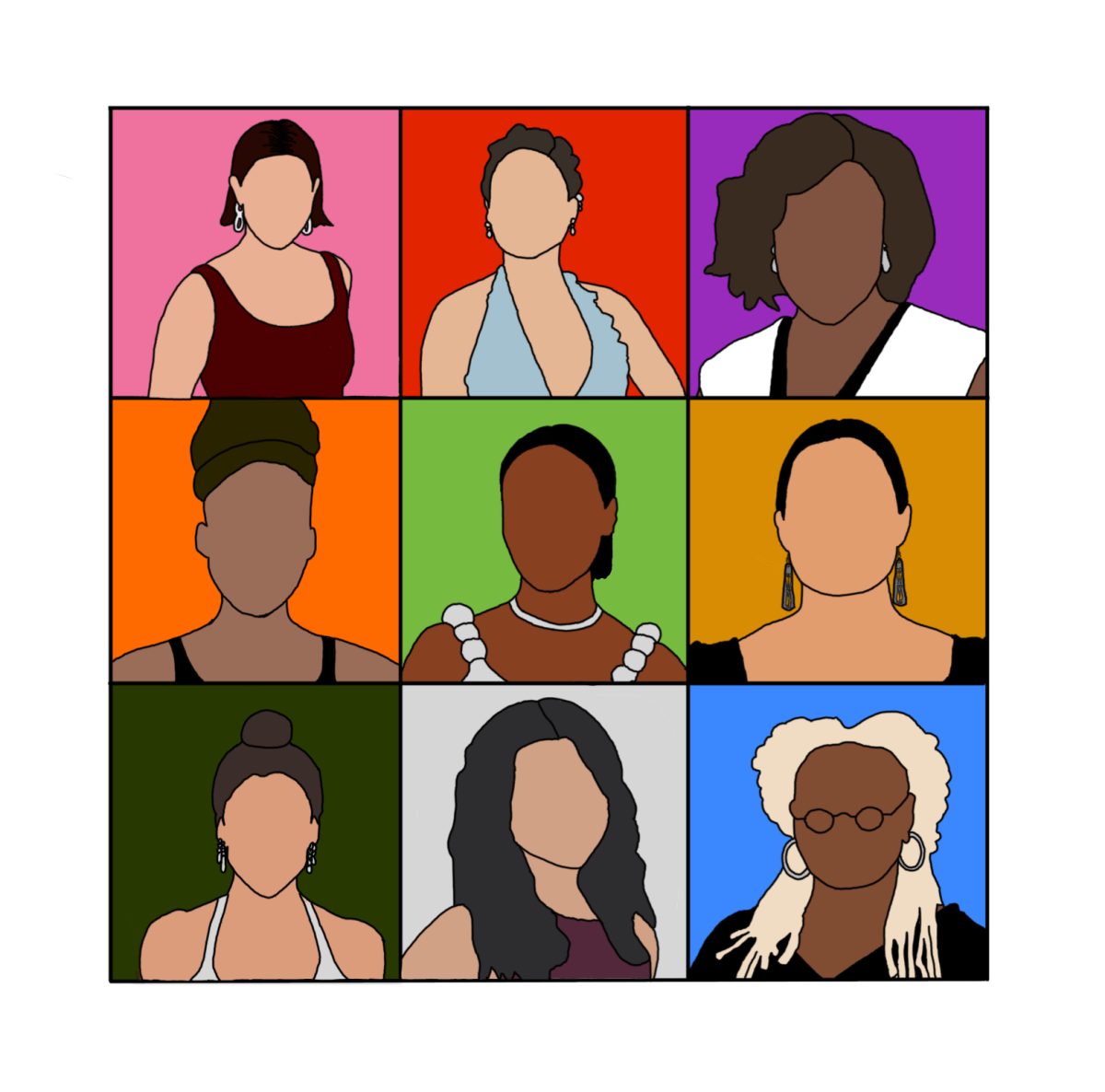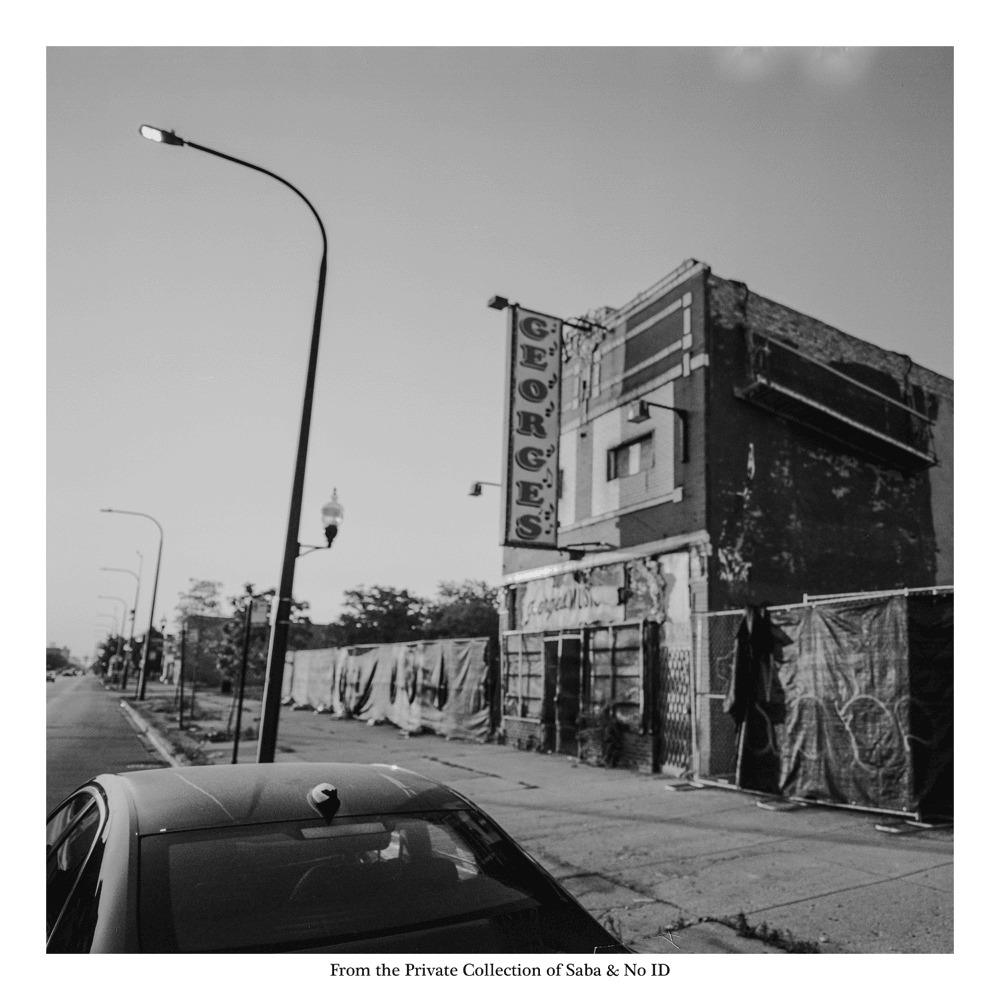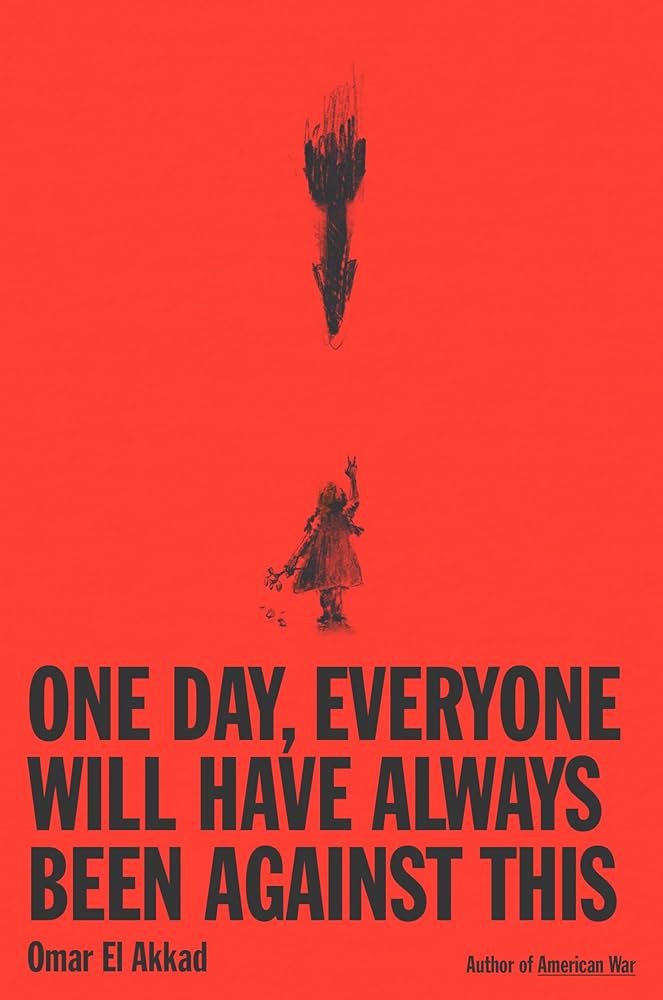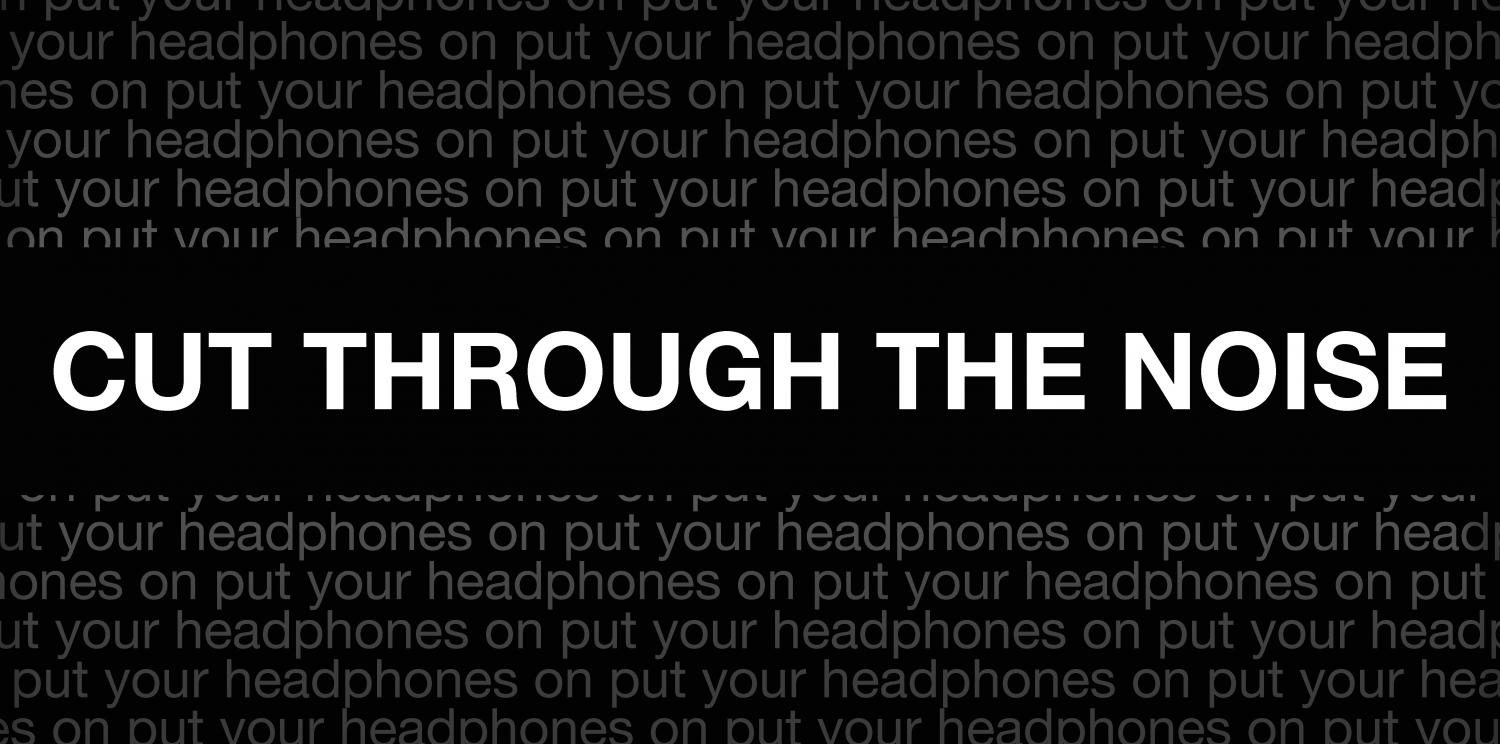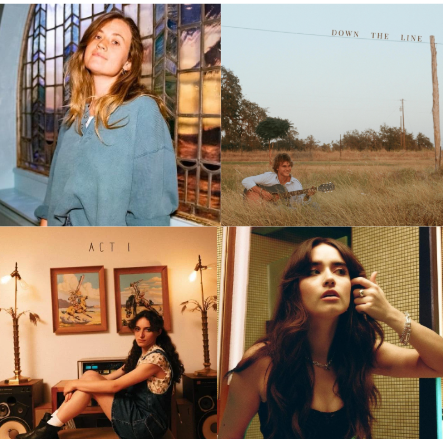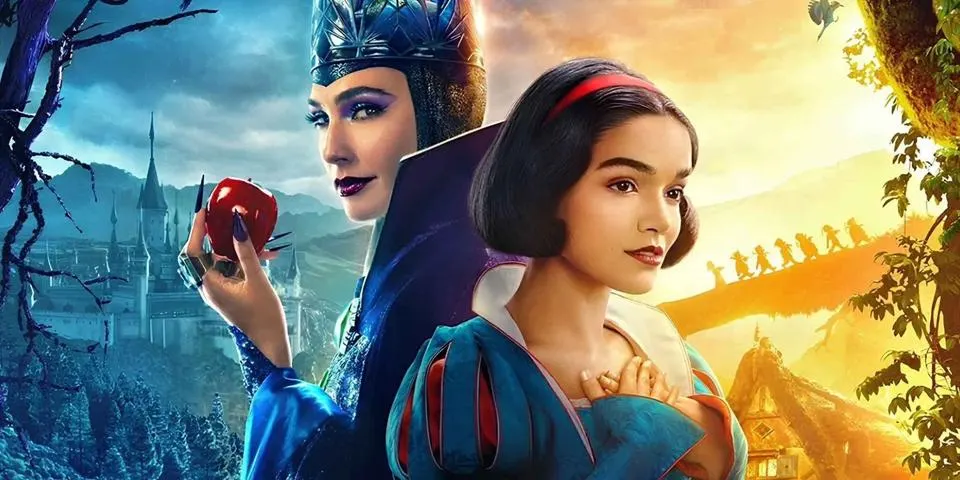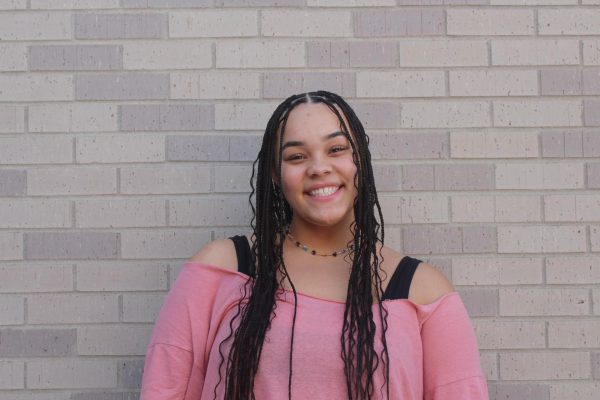Social media is surging in conversation regarding the normalization of exclusionary trends. One hotspot in particular is the idea of womanhood and what it “should” look like. A viral Tiktok about celebrating women at the Golden Globes largely excluded WOC (women of color) and mainly focused on white women. This sparked conversation regarding the exclusionary practices of modern-day “girlhood” and “womanhood.” The common terms “girlhood” and “womanhood” are both terms used to refer to the shared culture, identity and sense of community that is created by those who identify as women/girls.
This Tiktok is not the only example of how women of color are being denied girlhood, however, the award show aspect points to a lack of representation — it strongly correlates to and further concludes that the aesthetics of girlhood are exclusionary. This video contributes to a larger phenomenon that is often deemed problematic because it does not impact all young people — it only impacts a small portion. Due to the resurgence of hyper-feminine aesthetics and trends, the underrepresentation of an already marginalized community is taking flight both in society, through social media platforms, and during televised award ceremonies.
Speaking to my lived experience, a common theme in awards shows is the consistent overlooking of Black artists. For instance, past Oscar winner and star Viola Davis did not earn a nomination for her portrayal of a woman warrior in the 19th century in the film “The Woman King” — however, she earned a Golden Globe nomination for her performance along with a Screen Actors Guild nomination. Or when “Till,” starring Danielle Deadwyler as Mamie Till-Mobley in a movie about a mother on a quest for justice for her 14-year-old son who was brutally murdered, received no Academy Award nominations.
As of right now, the world of social media has encouraged and allowed white women to be a representation of what girlhood “should” be. Media portrayals play into how WOC are not given the same “softness” as white women. With regard to awards shows, it is not to say that WOC are not winning awards or fame — it is to say that white women are the face of the media to a degree that is contributing to the underrepresentation of WOC. This is an issue that is hard to combat when it is not acknowledged. Choosing to disregard the issue and continuing to allow for the face of the media to be solely white is setting communities of young women of color up for failure.
There are many intersections that connect topics such as girlhood and womanhood with topics such as race, gender, sexuality and more. With that being said, I don’t expect every trend to correlate with every community. However, I would hope that characteristics and terms used to glorify and uplift white women are also considered when portraying women beyond a small segment of the spectrum.
The Oscars in particular is an example of an awards show that has “inclusion standards.” Some of these inclusion standards relate to the actor, and some of these standards relate to the nominated film. The standards set by The Oscars mention “underrepresented groups” as a group of people who need to be involved in the creative leadership and project team. Setting standards for awards systems is a start — however, it should not be necessary to have rules to have more inclusive representation within awarding systems.
Representation on the screen matters. There is comfort in seeing a relatable character on-screen — culturally honest representation is empowering. As a biracial woman, I see these stereotypes affecting young people negatively and my generation is blind to it. Not only society, but communities of color, must be more aware of exclusionary practices instead of mistaking them for trends. The aesthetics of “girlhood” play into the historical dehumanization of WOC by not giving WOC the same “softness” title as white women both on and off-screen.



